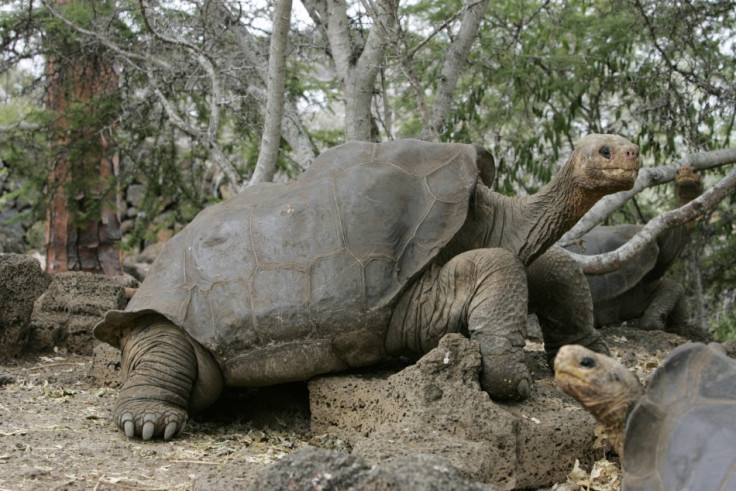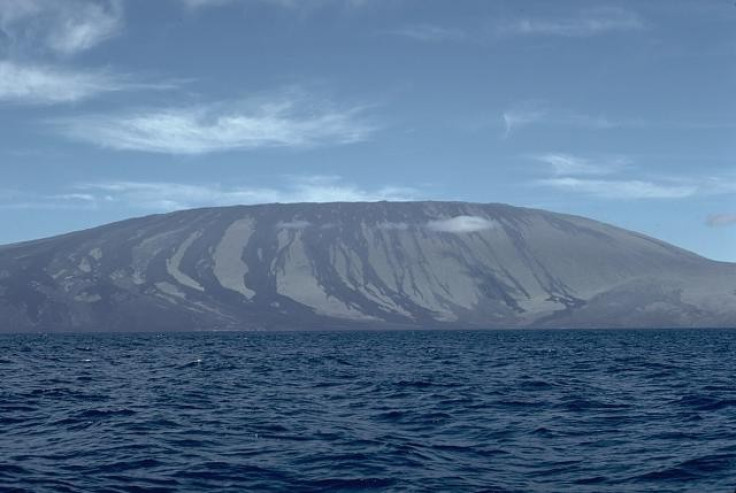The Return of Lonesome George: Extinct Galapagos Tortoises to be Brought Back to Life

Scientists are planning on bringing two extinct species of giant Galapagos tortoises back to life.
In June 2012, Lonesome George, believed to be the last giant Galapagos tortoise, died. Despite efforts by zoologists, he never wanted to mate.
However, researchers at the Galapagos National Park now plan to revive the Pinta island tortoise and the Floreana island tortoise from hybrid breeds found on Isabela Island.
The hybrid species are believed to have been created in the 17<sup>th and 18<sup>th century.
Seventeen tortoises have been found with genes from the Pinta species, with some of the animals having 80% of the original species genes.
A further 280 tortoises share 90% of its extinct predecessor's genes.
The Floreana tortoise was decalred extinct 100 years ago and one of the last people to have seen and document them was Charles Darwin when he visited the Galapagos Islands in 1835.

Washington Tapia, the chief of applied sciences at Galapagos National Park, said: "That gives us the possibility of bringing back these species which at the moment are considered extinct."
Giant tortoises grow to 1.8m and weigh up to 400kg. Their lifespan is around 180, although Lonesome George, a Pinta tortoise, is thought to have been 100 when he died.
Tapia said scientists plan to get pairs of tortoises to mate so they produce offspring closer to their genetic origin. Since 2012, 92-near Floreana tortoises have been born in captivity.
Mating pairs with between 80 and 90% genes should produce offspring with around 95% of Floreana genes.
"There is a chance, albeit remote, that we could end up with a male being produced with only original-species genes," Tapia said.
If successful, the scientists plan to release the tortoises back into their natural habitats. It is hoped the tortoises to readjust the island's natural ecosystem after being disturbed with the introduction of alien species.
Tapia noted, however, that he was unlikely to see the return of the Pinta and Floreana as tortoises do not reach sexual maturity until they are around 25, so it is expected to take around 120 years before the genes match the extinct species exactly.
READ:
Thelma and Louise: Two-Headed Turtle Hatches at San Antonio Zoo
© Copyright IBTimes 2024. All rights reserved.






